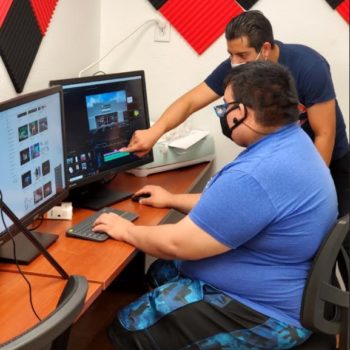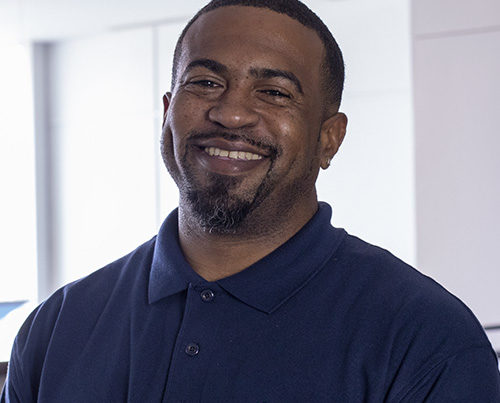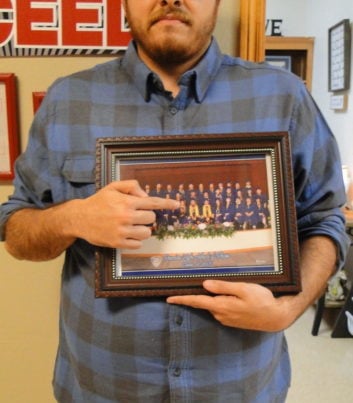Jennifer Kasapi, a Premier Campus Director of two schools in Austin, explains Self- Directed Learning
ResponsiveEd’s Premier High Schools (a credit recovery school) is a mastery-based program where students work at their own pace to earn their high school diplomas. They receive credit for a course after completing 10 knowledge units. The Premier High School model focuses on self-directed learning, which sets us apart from the traditional school model, this concept does not always come naturally to some students, but this does not mean they cannot develop what they need to be a self-directed learner.
In self-directed learning, the students are in charge of managing their time and energy, and assessing their own understanding. This concept allows for differentiation, encourages self-discipline, and builds self-sufficiency and confidence in students. Many students are used to a traditional model where a bell tells them when to move to the next subject, and where they are graded in part on participation.
Here are a few key things Jennifer Kasapi shares that student can learn to help them be successful self-directed learners:
- Students must take responsibility for their education.
Motivation is critical to self-directed learning. No matter how hard a teacher pushes a student, progress can only be made when a student chooses to value their education and be open to learning.
- Students must set goals.
At Premier High School, we encourage goal-setting as an aspect of character-building. Breaking the mindset of immediate gratification by setting and working toward short and long-term goals is a crucial part of learning and growing up.
- Students must seek out help when they need it.
Learning is a process that requires occasionally getting things wrong or not knowing, and that’s okay. Teachers and specialists at Premier High School are here to assist in the learning process, and have loaded the Premier High School Backpack with online resources to help students in times when a teacher may not be immediately available.
- Students need support.
Students need support from more than just faculty, but from family and friends. Thank you for your involvement and commitment to your student’s success!
![]()




